What is the best drinking temperature for coffee? Why does the coffee taste bad when it is cold?
The freshly brewed coffee is fragrant and rich in flavor. After cooling, it is inevitable that there will be some bad flavors such as wood and almonds.
Why is the taste of freshly brewed coffee so different from that of cooled coffee?
Lovers of hand-brewed coffee may know that when tasting coffee, it needs to be tasted at high, medium and low temperatures, and the flavor of a cup of coffee varies with different temperatures. There are two main aspects of this situation, one is the human senses, the other is the change of coffee.
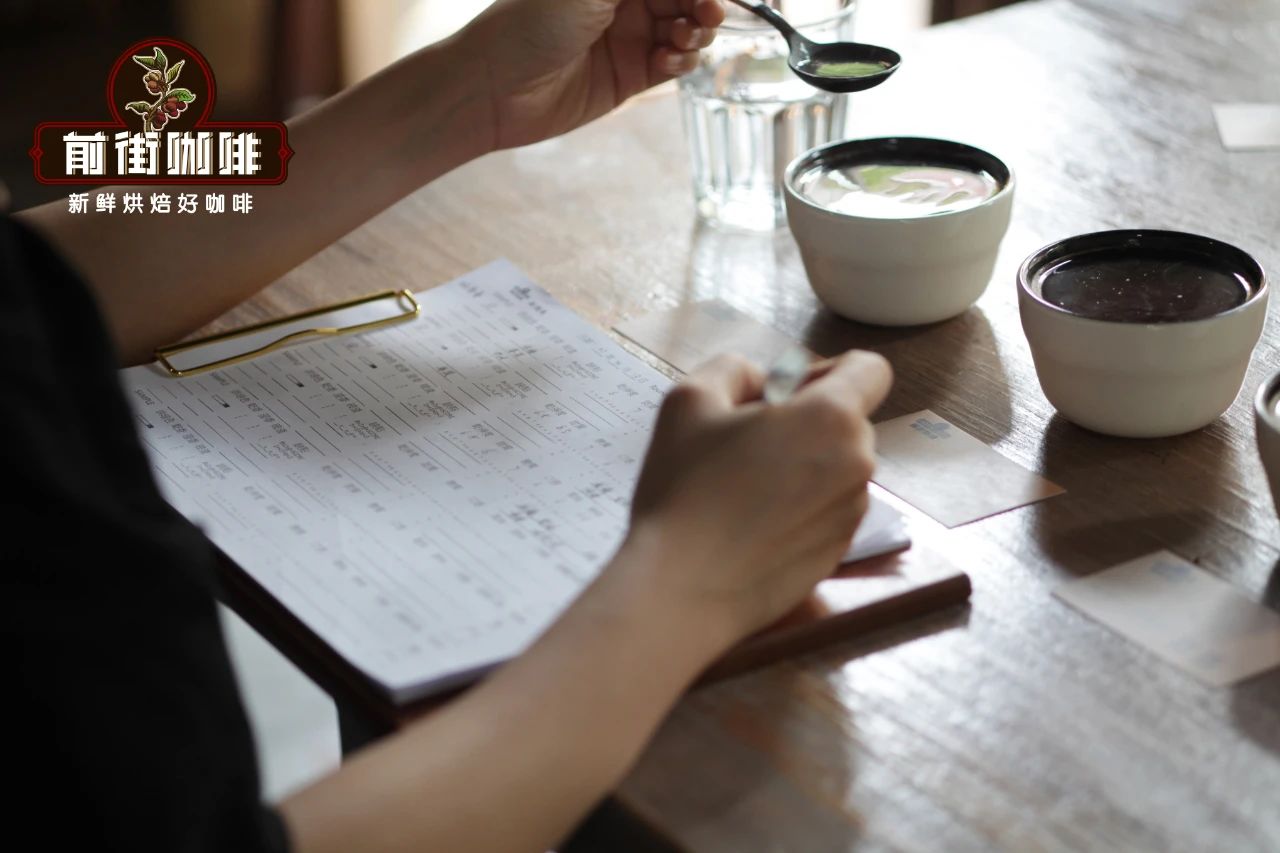
First of all, let's talk about the senses of human taste buds. Our taste buds can perceive five kinds of taste: sour, sweet, bitter, salty and fresh, while salty and fresh coffee rarely appear, so our perception of the taste of coffee is mainly reflected in sour, sweet and bitter. Different temperatures also affect the perception of taste buds.
Taste is the most sensitive to bitterness, even if there is only a little bitterness, the taste buds will be reflected to the brain immediately. The bitterness is also more obvious as the temperature drops, just like why it is not so bitter when drinking traditional Chinese medicine when it is hot, but it is extremely bitter when it is cool. The reason is that when the temperature is too high, the hot feeling of the liquid in contact with the mouth will overshadow the perception of the taste buds and reduce the taste sensitivity. As a result, the bitterness of medium and deep roasted coffee is relatively high, and when it is completely cold, it becomes difficult to taste.
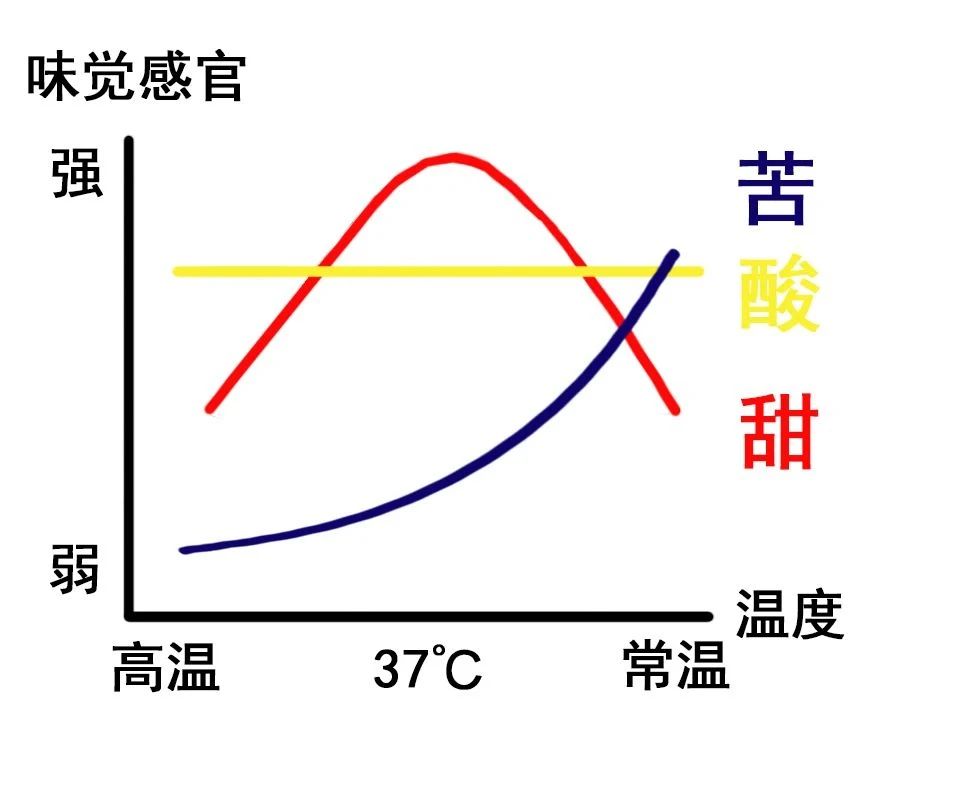
Our taste buds are most sensitive to sweetness when it is close to human temperature, just like adding a packet of sugar to a cup of hot water and tasting it at different temperatures, you will find that the sweetness is most obvious between 30 and 42 ℃.
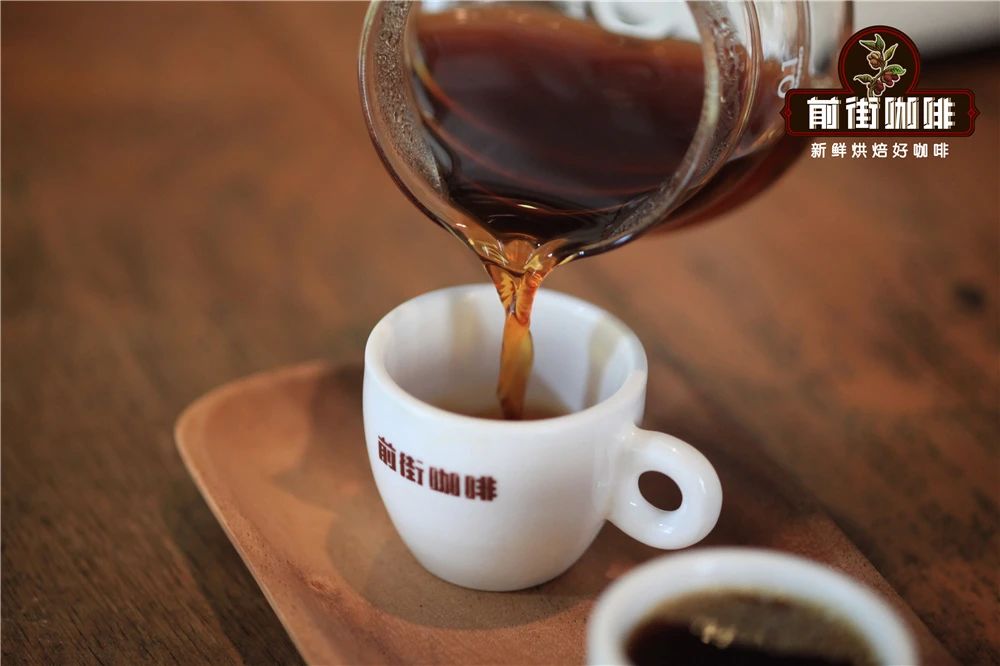
Acid is more interesting, it will not feel obvious difference with the change of temperature, also put lemon juice in a glass of hot water, taste it at different temperatures. So one of the reasons why some lightly roasted coffee turns sour after cooling is that the bitter substance of light-roasted coffee is generally small, mainly sweet and sour and other flavor substances, when the temperature drops, the sweetness decreases, then it highlights the sour taste.
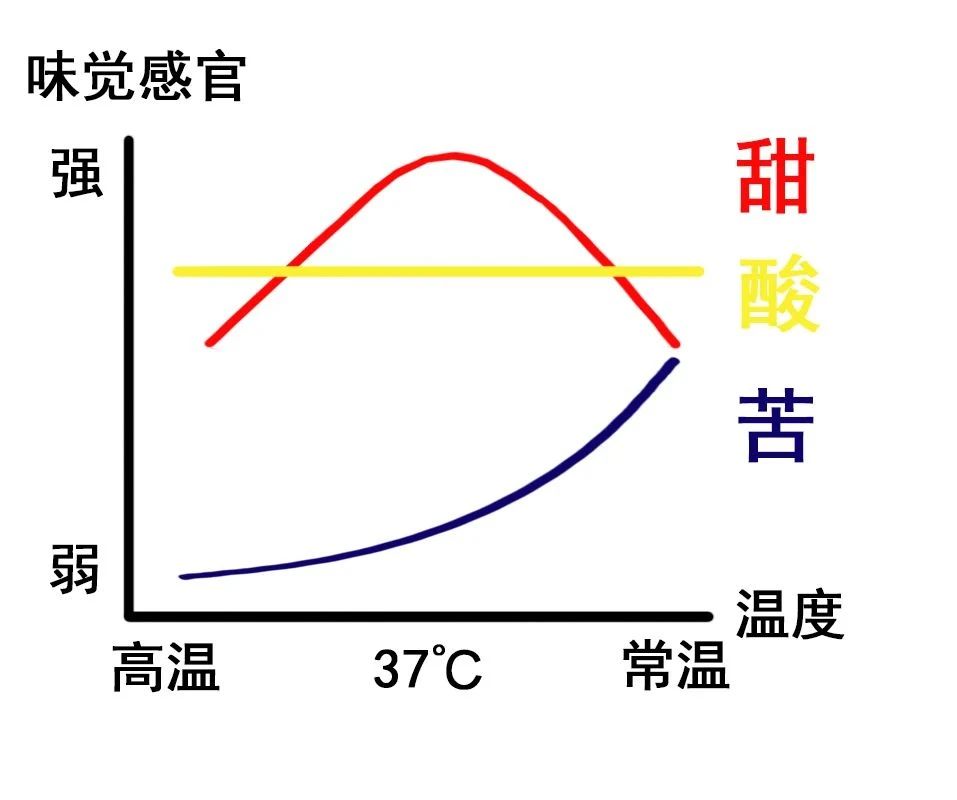
Let's talk about the changes in coffee. The bad taste of coffee after cooling is mainly due to "oil oxidation" and "pigment oxidation polymerization".
Oil oxidation is more obvious on shallow roasted coffee, and friends who observe it carefully may find that there is a layer of oil floating on the liquid surface after shallow roasted coffee is cooled. This layer of oil is very easy to deteriorate in direct contact with air (oxygen) to produce a strong sense of acidity, and this layer of perishable oil is also the source of fuel consumption.
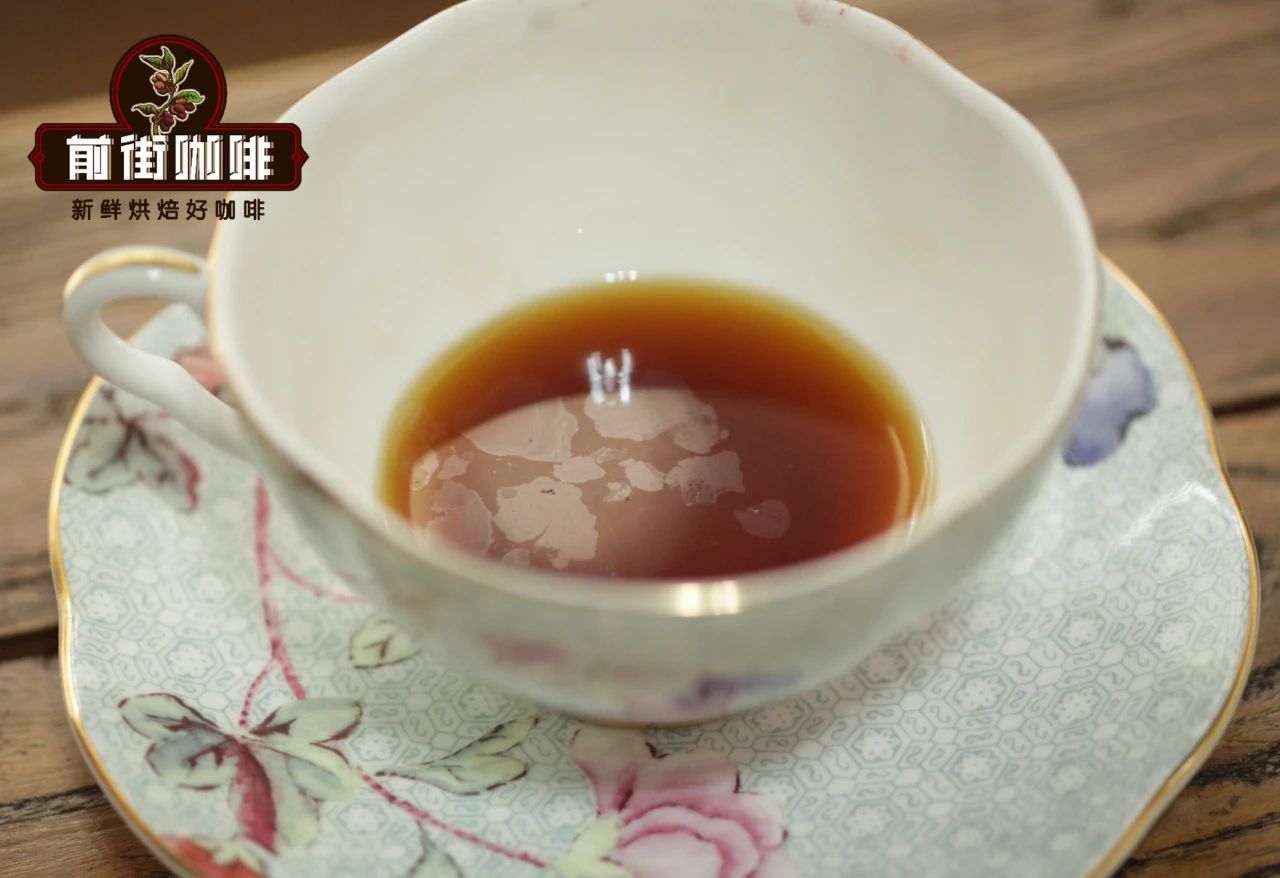
Oil oxidation
Pigment oxidative polymerization, simply understood that coffee beans in the baking process will produce "brown pigment" (caramelization reaction), mainly to provide coffee with caramel, chocolate and other flavor. This part will oxidize and deteriorate over time, and the flavor will gradually become bitter. The coffee stains on the coffee cup and the blackening of the edges of the filter paper after brewing are the products of oxidative polymerization of pigments.
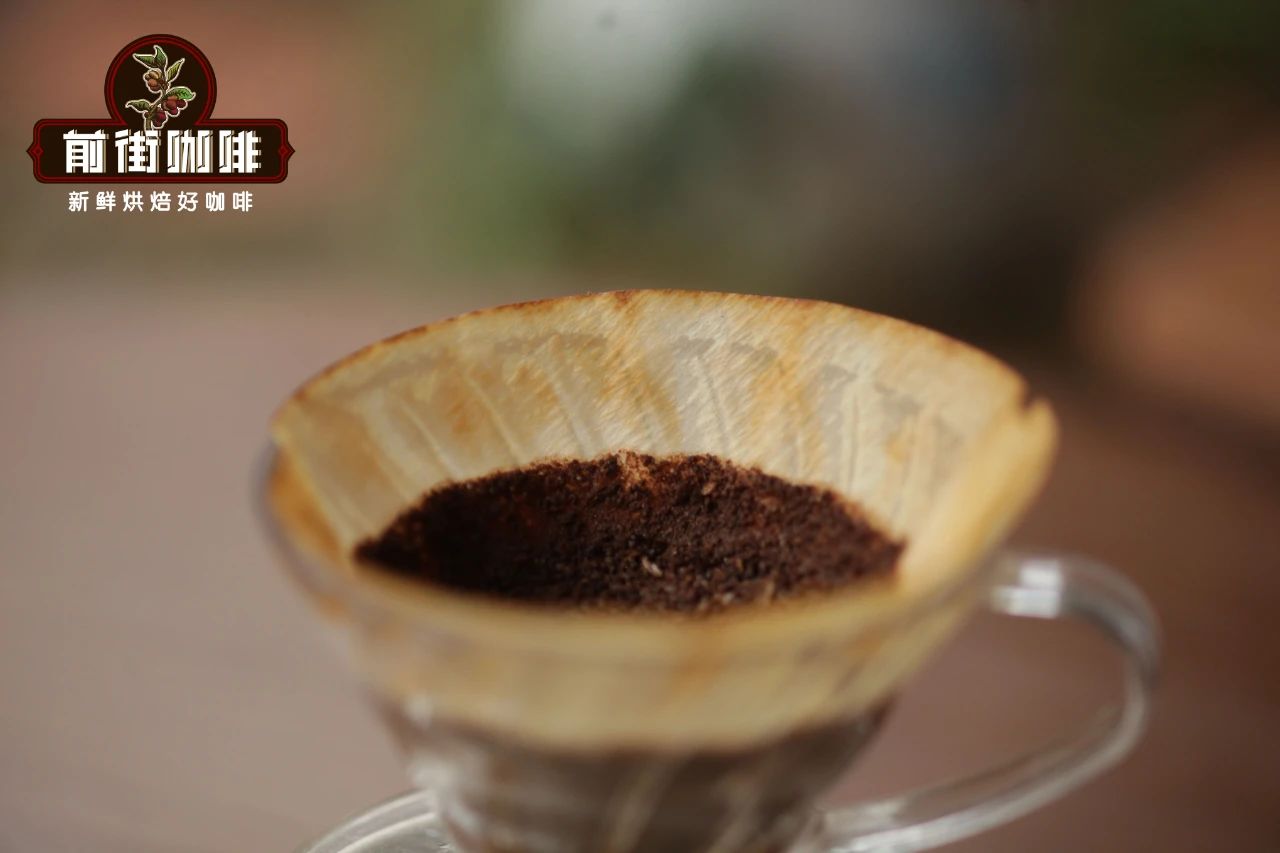
What is the best drinking temperature for coffee?
To sum up, if you want to taste more and better flavor of coffee, the temperature of coffee is the best close to that of the human body. And the oxidation of coffee is deepened with time, therefore, coffee is still drunk as soon as possible, coffee heating can not return to the original taste.
Important Notice :
前街咖啡 FrontStreet Coffee has moved to new addredd:
FrontStreet Coffee Address: 315,Donghua East Road,GuangZhou
Tel:020 38364473
- Prev
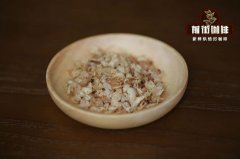
What is the silver crust of coffee? Does coffee silver skin affect the flavor of a cup of coffee?
I do not know if you have ever encountered, after grinding coffee powder, in addition to brown and black coffee powder, there are also some yellow and white flake debris, these are silver skin. In the face of silver skin, should we remove it or keep it? What is silver skin? Silver skin is the last protective film of coffee beans. Usually, the sheepskin (endocarp) will be shaved off when the coffee beans are processed and released from the warehouse.
- Next
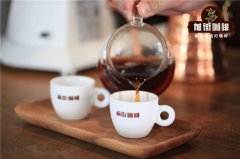
How to judge whether the degree of grinding of your chosen coffee is appropriate? How to adjust the grinding degree of hand-brewed coffee powder
I don't think I'm making this cup of coffee right? What is the degree of grinding you use? The size of fine sugar, do you really know the degree of grinding? Everyone's degree of coffee grinding is different. After all, it is a millimeter-level micro-world, so it is difficult for us to accurately grasp the appropriate size of coffee grinding particles.
Related
- Beginners will see the "Coffee pull flower" guide!
- What is the difference between ice blog purified milk and ordinary milk coffee?
- Why is the Philippines the largest producer of crops in Liberia?
- For coffee extraction, should the fine powder be retained?
- How does extracted espresso fill pressed powder? How much strength does it take to press the powder?
- How to make jasmine cold extract coffee? Is the jasmine + latte good?
- Will this little toy really make the coffee taste better? How does Lily Drip affect coffee extraction?
- Will the action of slapping the filter cup also affect coffee extraction?
- What's the difference between powder-to-water ratio and powder-to-liquid ratio?
- What is the Ethiopian local species? What does it have to do with Heirloom native species?

